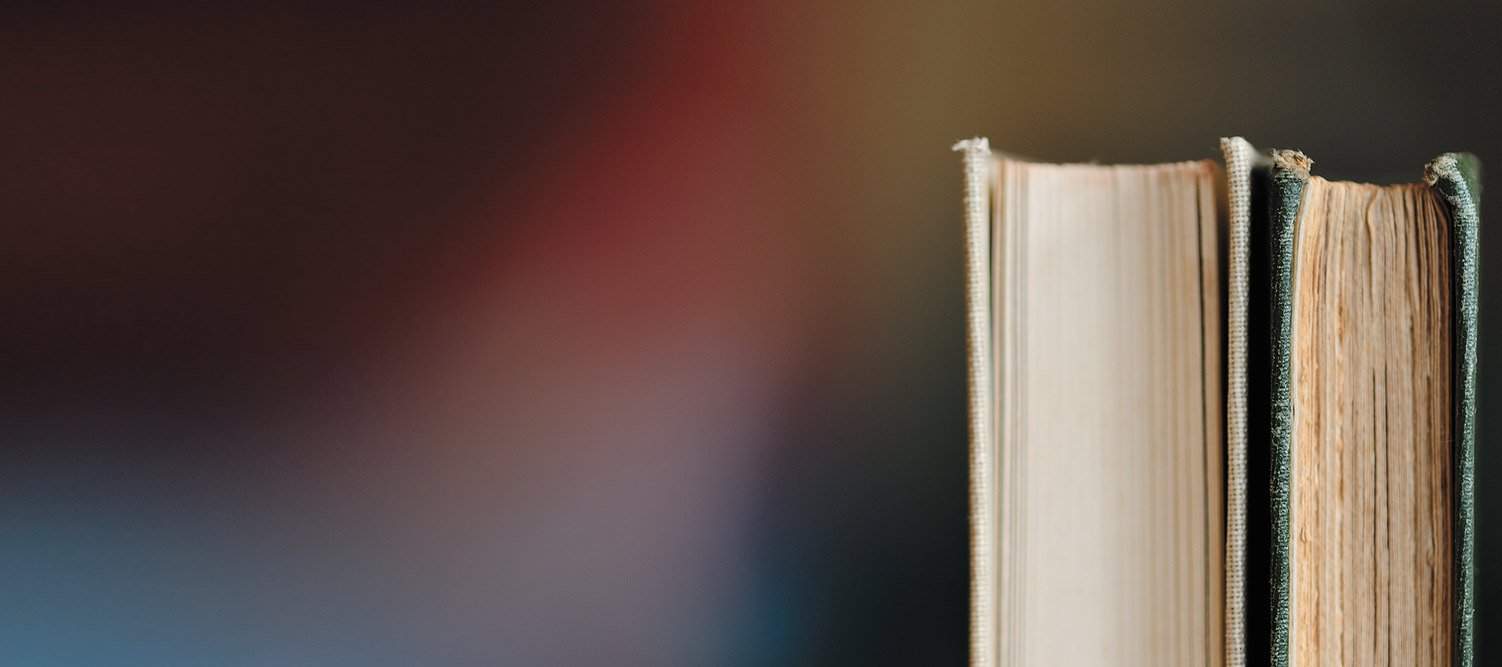
MA Reading Lists
and Course Descriptions

Sadly, the MA (M(Res)) in Children’s Literature has been closed by the University of Reading and is no longer accepting applications for 2025-26. Anyone who has already applied will receive formal notification from the University in due course. This website will remain live for CIRCL PhD and academic research.
‘Global Children’s Literatures in English’ Reading List
This module aimed to explore a selection of children’s fiction, poetry and picture-books, and introduce students to a wide range of twentieth-century and twenty-first century global children’s literature. It also considered different critical approaches to children’s literature and addressed questions that recurred throughout the MA degree: e.g. what is children’s literature? How do texts relate to history and national and cultural identity? How are critical ideas about genre related to children’s literature? What is the relevance of contemporaneity to ideas about children’s literature and how does children’s literature relate to categories of high and popular culture?
The module was divided into two parts: the first covered the period roughly from 1900 to 1950, the second part covered the period from 1950 to the present. In the first part the discussion centred on authors such as Kenneth Grahame, Beatrix Potter, J. M. Barrie, Frances Hodgson Burnett, A. A. Milne, E. Nesbit, and J. R. R. Tolkien. The majority of the texts studied were British, though works by American, Australian, New Zealand and European writers (in translation) were also included.
Section A: Twentieth (and Twenty-first) Century Children’s Literature, First Semester Reading List
(Texts arranged approximately in the order in which they were studied)
C. S. Lewis, The Lion, the Witch and the Wardrobe
J. M. Barrie, Peter and Wendy (There are many variants of this text, published under different titles, here we used either the Puffin Classics edition of Peter Pan or the Oxford World’s Classics edition of Peter and Wendy which is published with Peter Pan in Kensington Gardens)
Kenneth Grahame, The Wind in the Willows
A. A. Milne, Winnie the Pooh and The House at Pooh Corner
Beatrix Potter, The Tale of Jemima Puddleduck and the Tale of Mrs Tiggy-Winkle
Henry Williamson, Tarka The Otter
Frances Hodgson Burnett, The Secret Garden
Arthur Ransome, Swallows and Amazons
Eve Garnett, The Family from One End Street
E. Nesbit, The Railway Children
(note: the authors and titles varied)
Section B: Second Semester Reading List
The second part of the course examined a range of texts from, or set in, selected countries (India, Canada, New Zealand, Australia, the USA and an Anglophone African country such as Nigeria, Ghana, Kenya or Uganda) by authors writing in both colonial and post-colonial contexts as chosen by the staff and students together. This included work by some of the following writers: R.M. Ballantyne, G.A. Henty, Peggy Appiah, Ken Saro-Wiwa, Chio Enwonwu, Rudyard Kipling, Dhan Ghopal Mukerji, Ruskin Bond, L.M. Montgomery, Ernest Thompson Seton, Norman Lindsay, Patricia Wrightson, Nadia Wheatley, Morris Gleitzman, Ruth Park, Margaret Mahy, Jean Little, and Janet Lunn and/or texts from the USA such as:
Mark Twain, Huckleberry Finn
Lemony Snicket, The Unauthorised Autobiography of Lemony Snicket
Laura Ingalls Wilder, Little House on the Prairie
Jack London, White Fang
Louisa May Alcott, Little Women
Mildred Taylor, Roll of Thunder, Hear my Cry
Ursula LeGuin, The Wizard of Earthsea
Judy Blume, Forever
Robert Cormier, After the First Death
Dr Seuss, Green Eggs and Ham.
For secondary reading in relation to American texts, the suggested text was:
Problems to be considered included: how far can these texts be related to one another through their use of generic conventions (for example, in realistic fiction or fantasy)? How far can the literature be related to national cultures? What issues are thrown up by the presentation of different languages and cultures in these texts? How useful is post-colonial literary criticism for understanding the texts? What are the implications of debates about ‘authenticity’ in relation to the representation of indigenous peoples and cultures in these texts?
Note: the final choice of authors and works depended upon the availability of texts in Britain.
